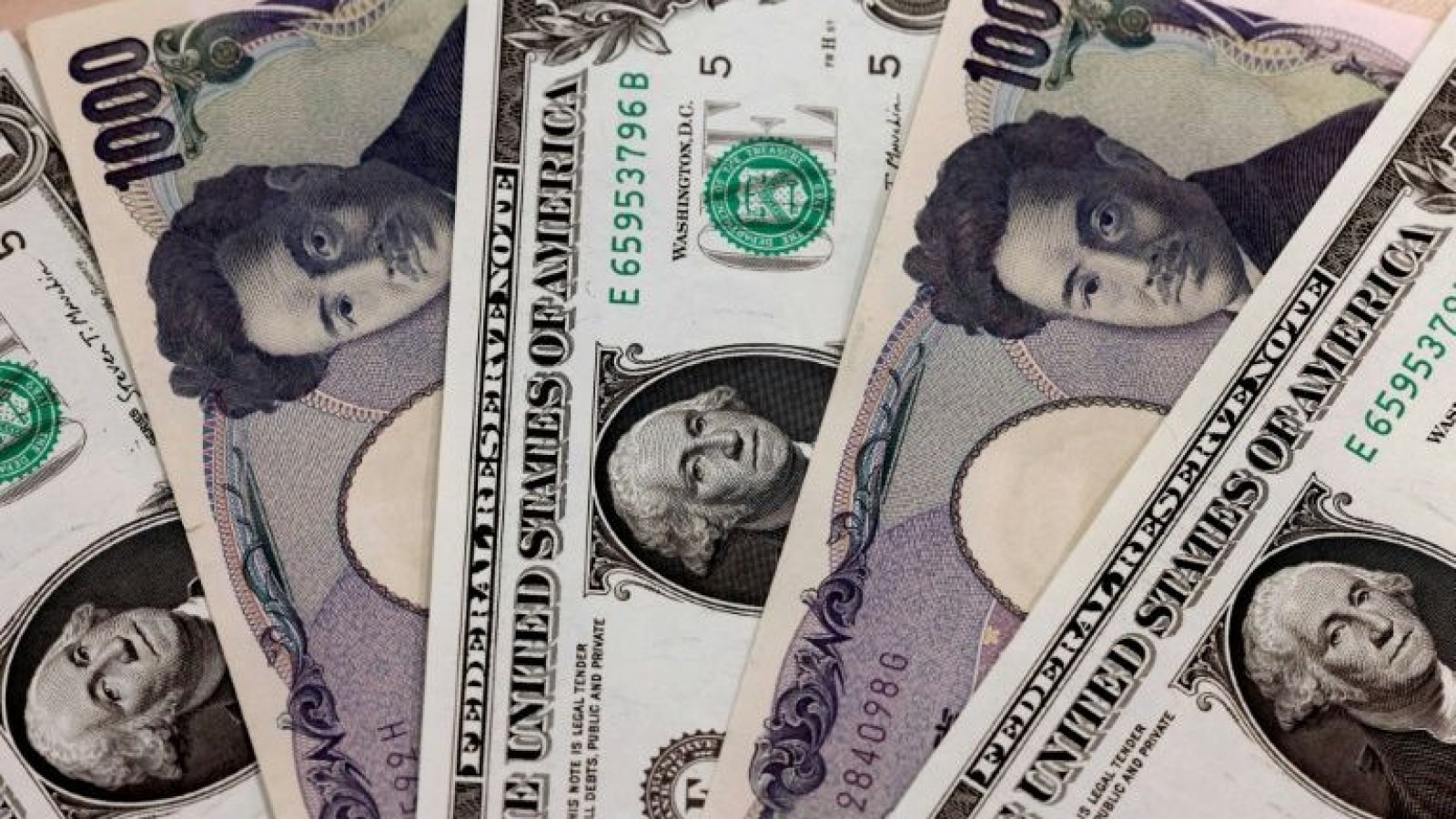
USD/JPY set to decline as dollar faces headwinds
The multi-day rally of the US dollar against the yen has run out of steam. The USD/JPY pair closed its second consecutive session in the red, plunging deeply yesterday. Let's discuss why the pair has dropped so sharply and what is ahead of it.
The yen is in the spotlight
Last week, the US dollar surged against its major rivals, hitting new highs. The main driver for the greenback was the growing risk of a default in the US and a global recession.
However, against the yen, USD had a completely different driver which is the divergence in monetary policies of the US and Japan. Investors now expect it to deepen in the near future.
Recent statements by Federal Reserve members indicate that the fight against persistent inflation remains a priority for the US central bank. Therefore, some policymakers do not rule out another round of tightening.
The latest US macroeconomic data, which turned out to be stronger than forecasted, also bolstered market confidence in the hawkish stance of the Fed.
At the same time, many traders are confident that the Bank of Japan will continue to stick to its current policy and do not expect any major changes at its June meeting.
Concerns that the interest rate differential between Japan and the US, which currently stands at 5.35%, could increase even further, have exerted significant pressure on the yen.
On Monday, May 29, JPY declined against the US currency to a new 6-month low of 140.93.
A sharp drop in the yen became the central topic of discussion at yesterday's emergency meeting of the Bank of Japan, the Ministry of Finance, and the Financial Services Agency.
Japan's chief currency diplomat Masato Kanda stated that officials would closely monitor the dynamics of the currency market and respond accordingly if necessary.
The warning of a possible intervention by Japanese authorities had an instant impact. After Kanda's words, the USD/JPY pair soared sharply.
At the end of yesterday's trading, the dollar/yen pair fell by more than 0.4% and closed at 139.85.

Many analysts believe that the Japanese authorities acted pre-emptively and cite the 150 level as a potential red line.
"The Japanese government understands very well that divergences in forecasts regarding the future monetary policy of the BOJ and the Federal Reserve will continue to push the USD/JPY pair higher. That's why they decided to exert pressure on currency speculators now to prevent further yen depreciation," noted analyst Bart Wakabayashi.
According to the expert, we may see a repetition of last year's scenario in the near future. Once concerns about intervention cool down, carry traders will resume betting on the strengthening of the dollar against the Japanese currency, which will likely provoke another warning from Japanese authorities.
Analysts forecast that in the next two weeks leading up to the FOMC and BOJ meetings, the dynamics of the USD/JPY pair will resemble a circular path.
Prospects for the dollar/yen pair
In the short term, the risk of a default and global recession will remain the main determining factor for the American currency.
Investors will closely monitor progress in the US debt ceiling talks. If the US Congress approves a deal in the coming days that could save America from bankruptcy and the world from an economic crisis, it will undermine the dollar's position as a safe-haven asset.
However, a return to risk-on sentiment is not the only obstacle the greenback is facing. The greatest threat to the USD/JPY pair comes from the upcoming US employment data releases.
The first set of statistics will be published today. The JOLTS Job Openings report from the US Department of Labor is expected to show a decline in the number of vacancies (from 9.59 million to 9.37 million).
Next, traders' focus will shift to the ADP data, which will be released tomorrow, and the NonFarm Payrolls report on Friday, which is considered the key macroeconomic indicator of US employment outside the agricultural sector.
In both cases, economists have a highly pessimistic outlook. Forecasts indicate that in May, the US economy added fewer jobs than in the previous month.
If traders indeed see signs of a slowdown in the US labor market amid ongoing tightening, it could significantly undermine their hawkish sentiment.
In such a case, the dovish scenario will return to the table, implying not only a pause in June but also further rate cuts by the Fed. This is an unfavorable factor for USD.
Another headwind for the US dollar is the growing speculation about a possible capitulation by the Bank of Japan. Yesterday, BOJ Governor Kazuo Ueda mentioned issues with inflation in the country, which heightened hawkish expectations regarding the Japanese central bank's policy.
This week, discussions about a potential adjustment to the Yield Curve Control (YCC) at the upcoming Bank of Japan meeting have resurfaced. If this view gains wider acceptance in the near future, it will pose a significant obstacle to the USD/JPY pair's recovery.
From a technical perspective, the dollar/yen pair still has a chance to rebound. This is indicated by the Relative Strength Index (RSI) which is about to leave the overbought territory.
The first support for the pair is found at the 139.00 level. A breakout below this level will expose the high of 138.74 recorded on May 18. Breaching this level will pave the way for bears towards the round level of 138.00.
Conversely, if buyers reclaim the 140.00 area, it could mark the beginning of a new rally. In such a case, bulls will soon push the quote to the yearly high of 140.93 before challenging the 141.00 level.





















